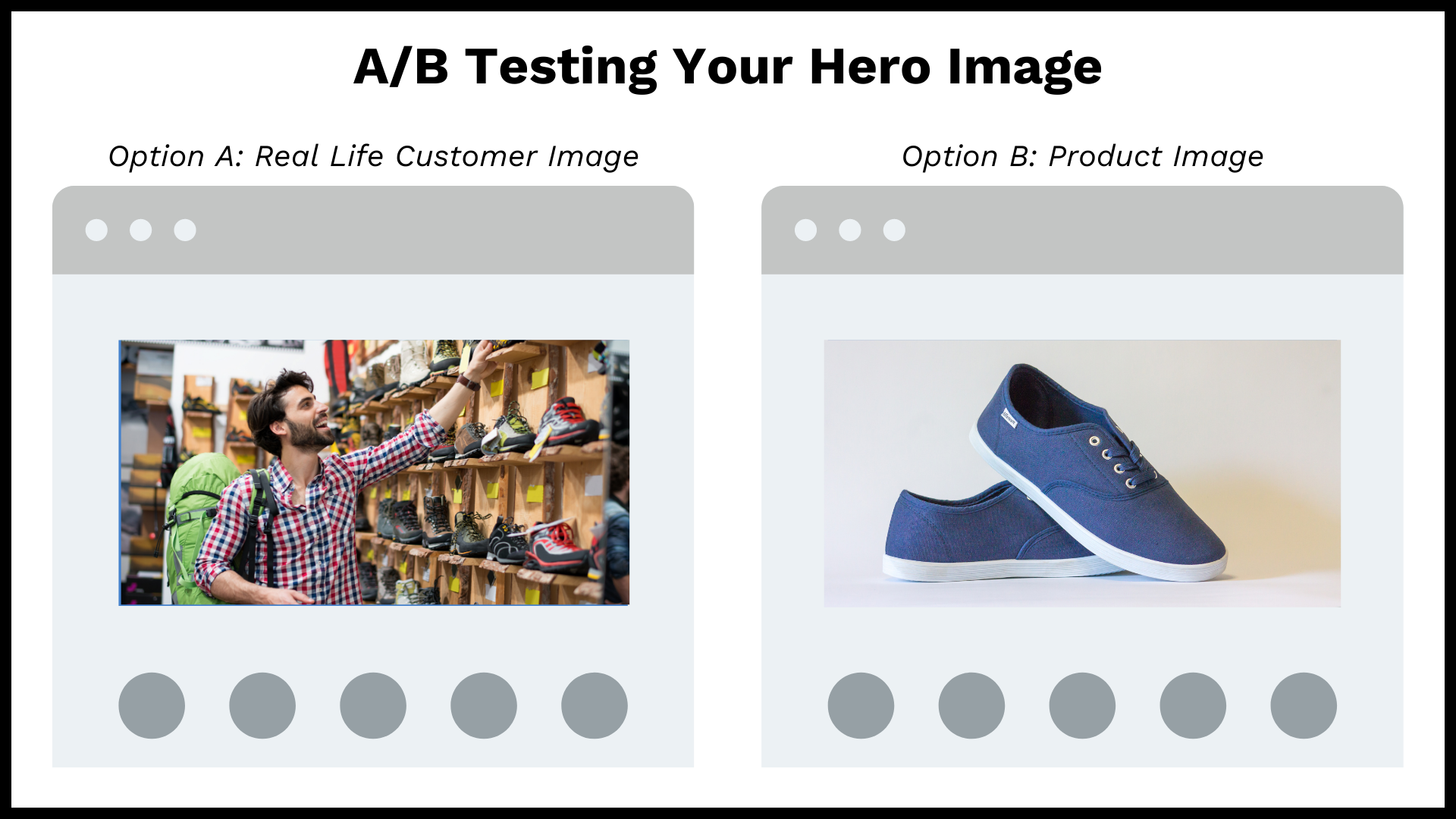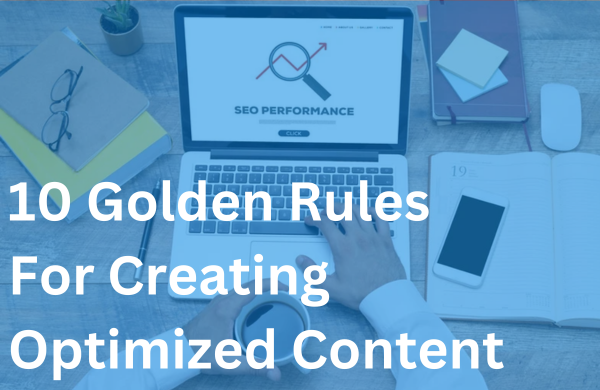To stand out in 2023, you need an online presence that makes your potential customers eager to engage with you and your brand. One of the best ways to do this is through Conversion Rate Optimization (CRO).
CRO is the process of increasing the percentage of website visitors who take a desired action (read more here). This action could be making a purchase, filling out a form, signing up for a newsletter, or any other goal that’s valuable to you. The goal of CRO is to increase the number of these conversions on your website, which can lead to more sales and revenue for the business. In short, Conversion Rate Optimization is about making your website work for you.
Increasing your conversion rate has significant benefits. First, it can increase overall sales and revenue by converting more of your website visitors into paying customers. Second, it’s a cost-effective way to drive sales (or engagement) as it focuses on converting existing website traffic that is coming to your site already. This also increases Customer Lifetime Value (CLV) for your existing audience – and you know how important repeat business is to your bottom line! Finally, CRO improves the customer experience. This improves your relationships with your audience and/or customers by creating more value for them and decreasing frustration. This in turn builds trust in your brand.
What are some Conversion Rate Optimization Best Practices?
Testing, Testing, Testing
Your CRO strategy should focus on two elements:
- Overall usability, accessibility, and design
- Ensuring the user has a seamless experience
To improve in these areas, you’ll need to analyze your website’s design and user experience (UX) to identify areas of improvement. For example, you may find that you need to optimize your website for mobile devices. People are increasingly using their phones to access the internet, including making purchasing decisions, and a website that works well on desktop will not always work as well on mobile. Check your website’s mobile experience, including looking at how important pages display, how forms work, and how the checkout process works.
To test your website’s UX effectiveness, consider using A/B testing. In A/B testing, the tester creates two versions of a website or landing page and tests to see which aspects attract more desired conversions. For instance, you might create two hero images for the top of your home page, show one to half of your audience and one to the other, and see how that affects conversion rate.

User research is another helpful tool for analyzing the user experience of your website. This includes surveys, interviews, and usability testing. Getting feedback directly from your customers and potential customers often turns up issues you never would have thought of, including those issues that cause visitors to leave the site without taking that desired action.
Once you’ve collected testing data and identified areas of improvement, it’s time to define and implement your CRO strategy. Your strategy depends on your conversion goals and could include items like optimizing the call-to-action, streamlining the checkout process, improving the site navigation, improving the design, and many more. This may be one of the more fun parts of your CRO work, as you get to see changes happen that will immediately improve the look and feel of your website. Many of our clients note that the changes we implement seem obvious in hindsight, and feel a sense of relief when these issues are addressed.
Conversion Rate Optimization Best Practices: Quick Wins
Conversion rate optimization can transform your results by focusing on the website and user experience best practices that matter to your customers. Here are a few quick optimizations that you can make right away that will immediately improve your users’ experience on your website, making them less likely to bounce and more likely to convert.
- Simplify Your Forms: Research shows that the longer the form is, the less likely a user is to complete it. Look at any types of forms you have on your website, including within the checkout process, and weed out any inputs that aren’t absolutely necessary. For instance, if a form leads to an email follow-up, you may not need to ask a user for their phone number.
- Increase Readability: Check that the font and background colors on your website have enough contrast to be easily read. You can easily check using a color checker like the Contrast Checker on WebAIM. You can also install plugins on your website that allow users to switch to a larger text size or higher contrast content automatically.
- Fix Broken Links: How annoying is it when you click a link on a website only to be taken to a 404 page? Check the links throughout your site – particularly the ones people use most often – to ensure they take the user where they want to go.
Now What?
It’s important to maintain consistency when carrying out your CRO strategy by continuously testing and optimizing your website. Start with simple best practices, and continue testing to determine other areas of opportunity. Keep in mind that what works for one business or audience may not work for yours, and as your business evolves over time, so to will your customers’ needs and wants.
By continuously improving how your website functions, you can drive more revenue and achieve your online marketing goals. This opens numerous opportunities to scale and grow. Make sure you keep testing new techniques and ideas and that you’re consistently updating your website to best serve your audience. Business owners who capitalize on implementing an effective CRO strategy are able to reap an incredible amount of benefits and rewards over time, making it a key area for businesses and brands wanting to scale to focus on and master.
If you’re looking for someone to conduct a CRO audit on your site or want help building a CRO strategy, let us know! We’d love to help.





